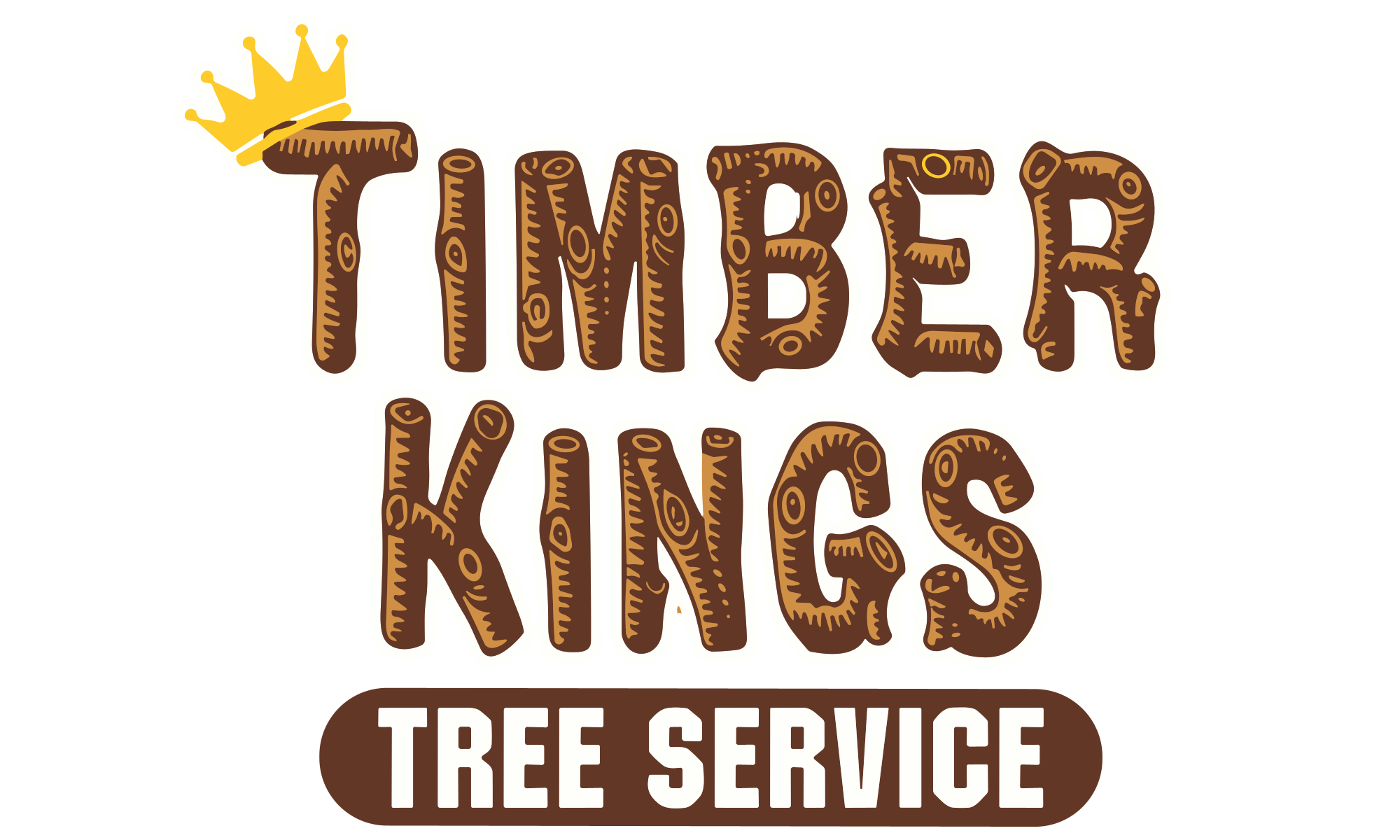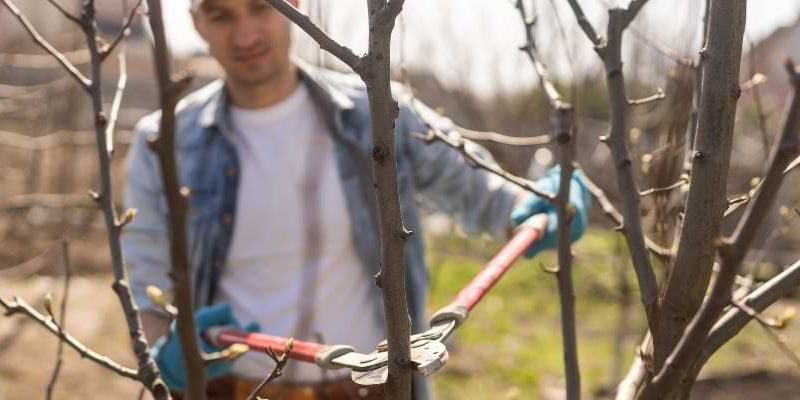Within the burgeoning field of arboriculture, tree trimming and pruning is an art form that provides a manual for training young trees to develop robustly and to be aesthetically pleasing for many years to come. As we set out on this trip, it becomes even more important to comprehend how important tree trimming and pruning are in directing the growth of young trees. With an emphasis on the importance of accurate tree trimming and pruning techniques, this thorough book seeks to uncover the complexities of pointing young trees in the proper direction.
Table Of Content
The Foundation of Healthy Growth
Understanding Tree Trimming and Pruning
Tree trimming and pruning is a crucial procedure that is necessary to promote healthy development. Despite their frequent interchangeability, these phrases have different effects on how young trees develop in terms of shape and health. Tree trimming is the process of keeping a tree in its desired form and look, whereas pruning involves carefully removing certain branches in order to improve the tree’s general health, structure, and air circulation.
The Timing of Tender Care
Early Intervention for Optimal Growth
Tree cutting is a highly beneficial early intervention for young trees. Through careful pruning of undesirable or competing branches, this procedure frees the tree to focus its energy on its most important parts. Tree trimmers create the conditions for well-defined structure and balanced development by taking care of possible problems early on.
Seasonal Pruning for Precision
The efficacy of the pruning procedure is significantly influenced by the timing of the cuts. Seasonal pruning is a planned method for young trees. Summer pruning concentrates on regulating growth and rerouting energy, but winter pruning, when trees are dormant, allows for accurate contouring. Getting to know the subtleties of each season guarantees the best outcomes.
The Art of Shaping Young Canopies
Crafting a Robust Canopy
Soil conditions have an impact on young trees’ general health in addition to pruning and trimming. Robust development is facilitated by enough nutrients, appropriate drainage, and soil aeration. Managing the quality of the soil is an essential part of holistic tree care, since it guarantees that young trees get the nutrients they require to flourish.
Environmental Considerations
It is essential to comprehend the environmental elements that affect young trees. The surrounding plant habitat, wind exposure, sunshine availability, and other factors all influence how trees develop. Strategies for pruning and trimming trees can be adjusted to take these environmental factors into account.
Professional Expertise in Precision
Why Choose Professional Tree Services
Although homeowners may think they can handle tree trimming and pruning, professional experience is typically needed due to the accuracy needed to guide young trees. Arboriculture principles are deeply understood by specialists with years of expertise, such as those at [Your Tree Service Company], who provide tree care services.
Evaluating Tree Health and Growth Patterns
When assessing the health and development patterns of young trees, arborists are essential. Their knowledge enables customized care plans, determining which trees require what kind of pruning, resolving any problems, and guaranteeing that tree trimming preserves the tree’s original shape.
Final Wording
The skill of carefully directing young trees through tree trimming and pruning techniques becomes a melodious tune in the natural world. The destiny of the tree is shaped by every trim, every thoughtful cut that promotes resilience, vigor, and timeless beauty. Let’s take on the duty of nurturing young trees through the artistic application of tree trimming and pruning as stewards of the green inheritance, guaranteeing a healthy landscape for future generations. Speak with [Your Tree Service Company] for knowledgeable advice and compassionate care as they start the process of gently pointing young trees in the correct direction.
FAQ’s
Yes, strategic trimming of young trees can redirect energy to key areas, encouraging a more balanced and efficient growth pattern. It’s crucial to strike a balance to avoid excessive pruning that may stress the tree.
The frequency of tree trimming for young trees depends on factors like species, growth rate, and desired shape. Generally, an annual or biennial trimming schedule is recommended during the tree’s formative years.
Over-trimming, also known as “hat-racking” or excessive pruning, can indeed harm young trees. It may lead to stress, weak growth, and vulnerability to diseases. It’s essential to follow proper pruning techniques and avoid aggressive trimming.
In most cases, sealing pruning cuts on young trees is unnecessary. Trees have natural defense mechanisms that promote healing. However, for certain vulnerable species or in specific climates, using pruning sealants may be recommended.
While trimming can help manage diseases, it’s crucial to identify the specific issue first. Consulting with an arborist is advisable to determine the best course of action. In some cases, removing infected branches may be necessary.







